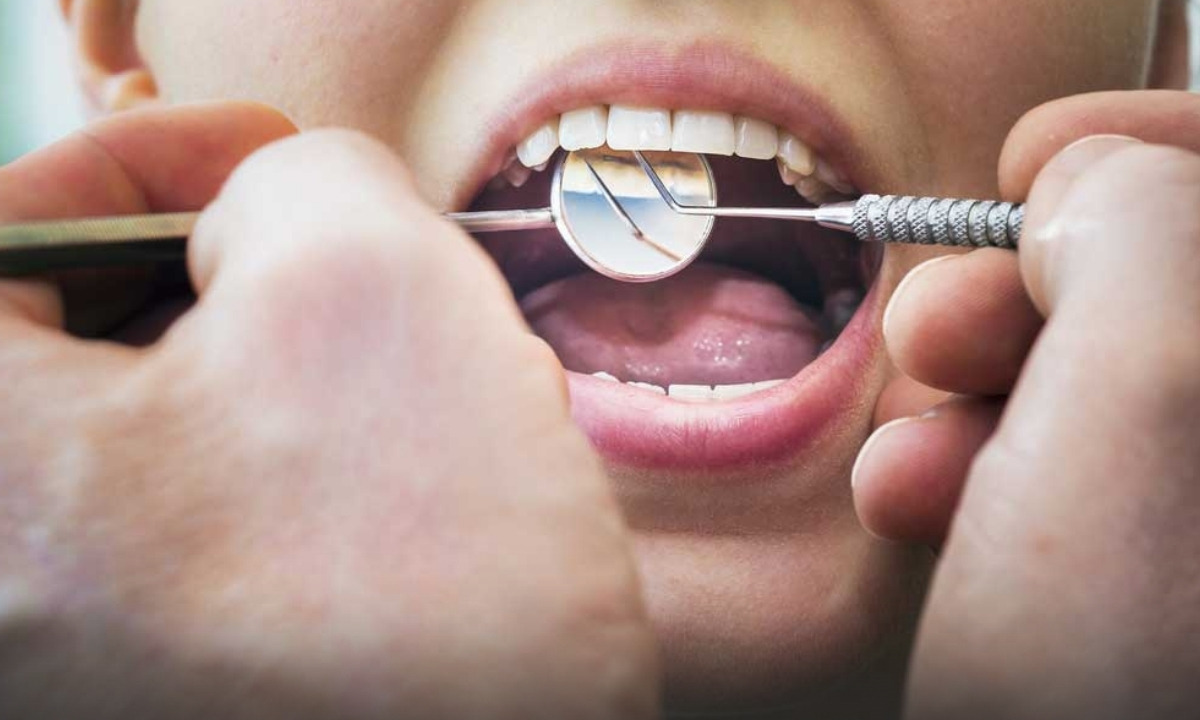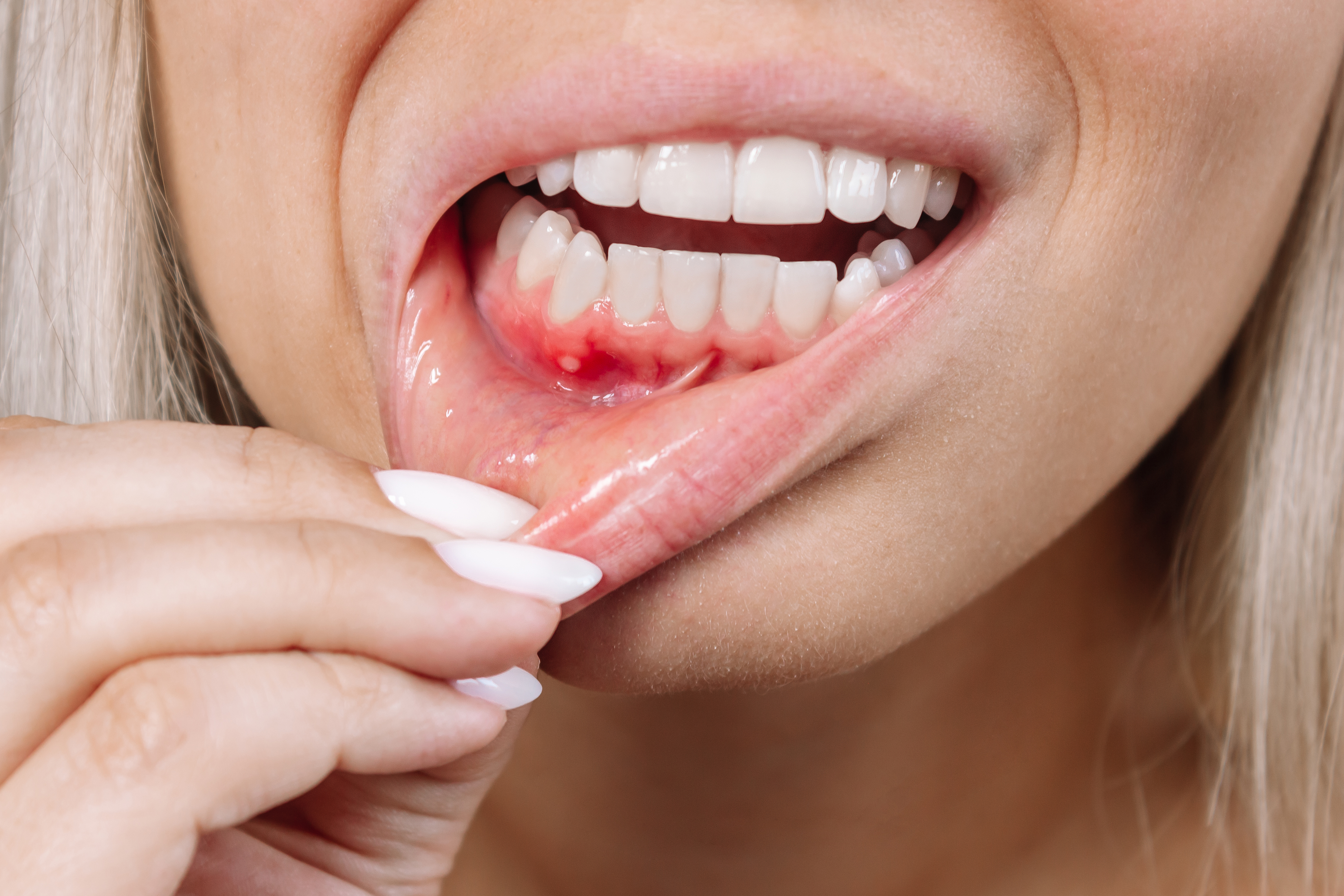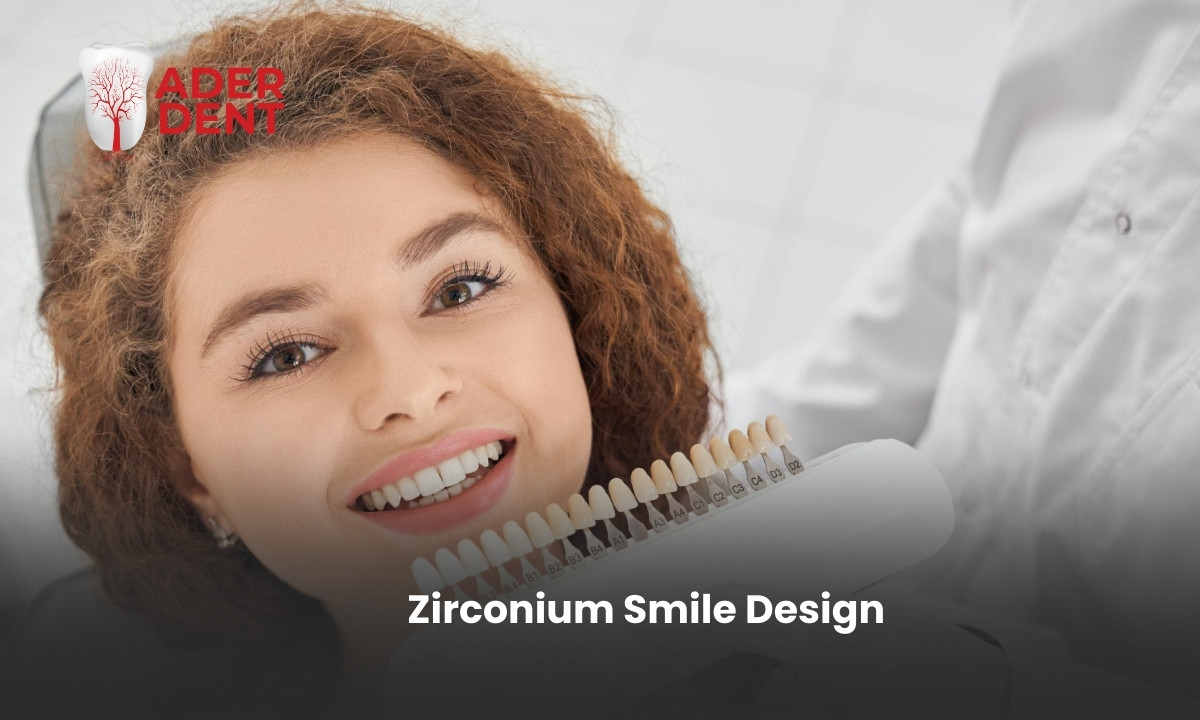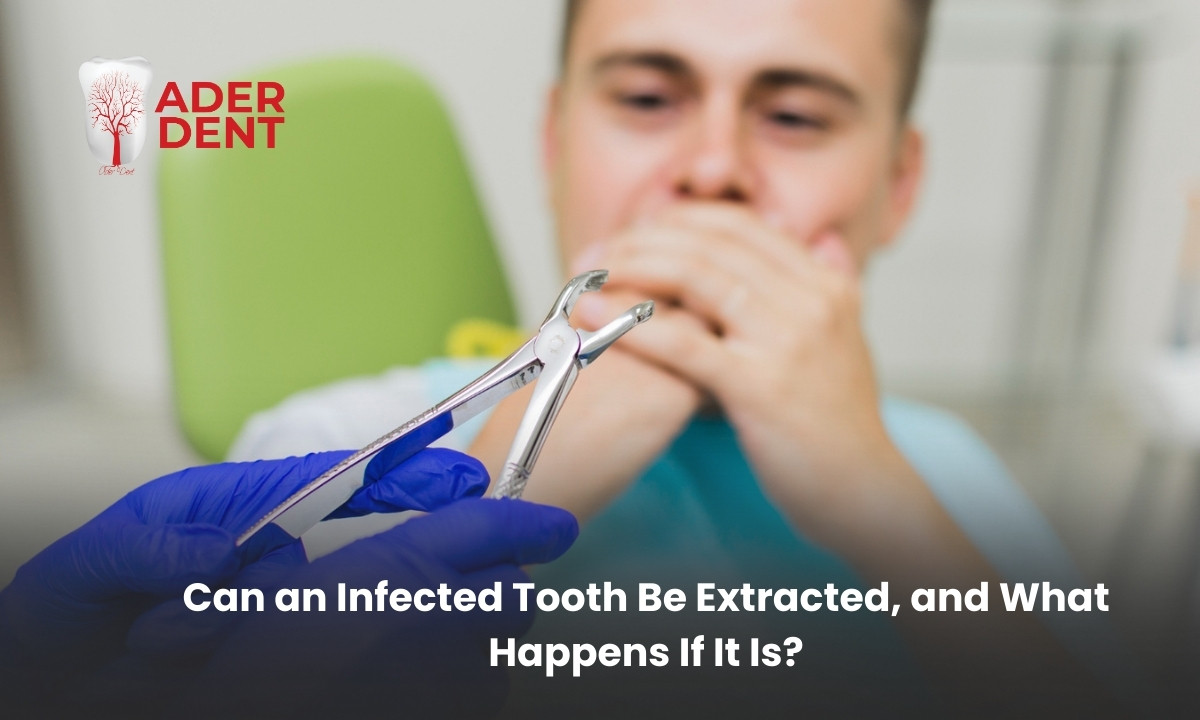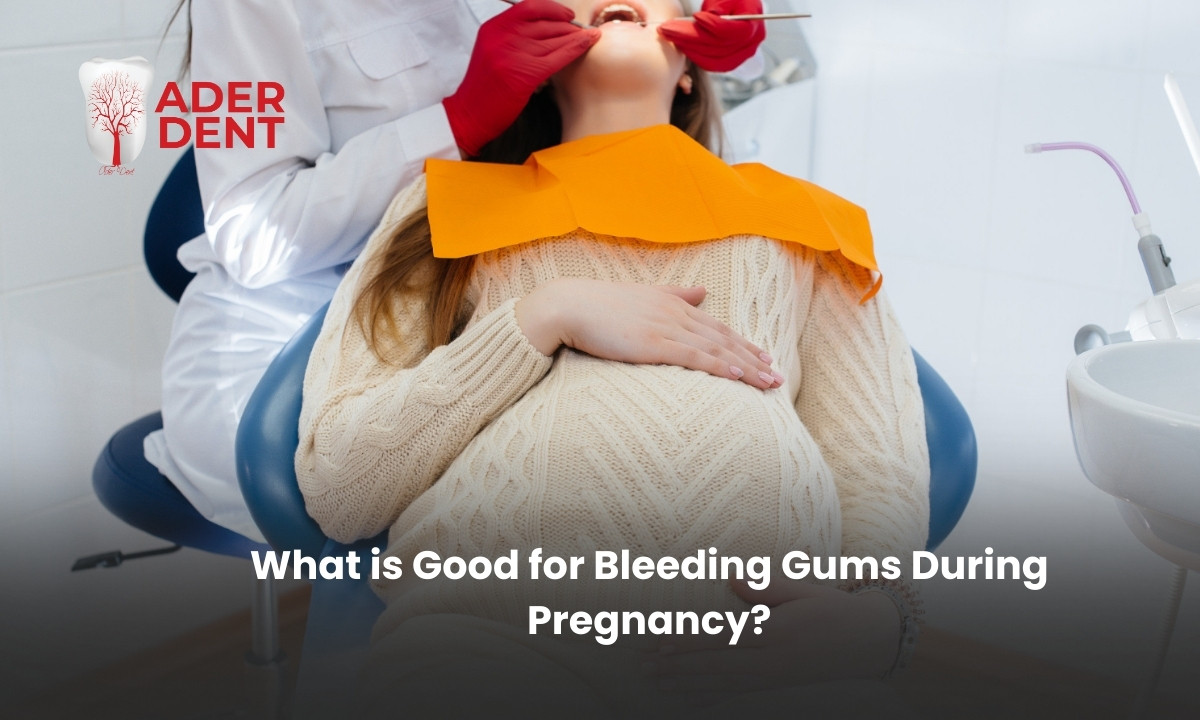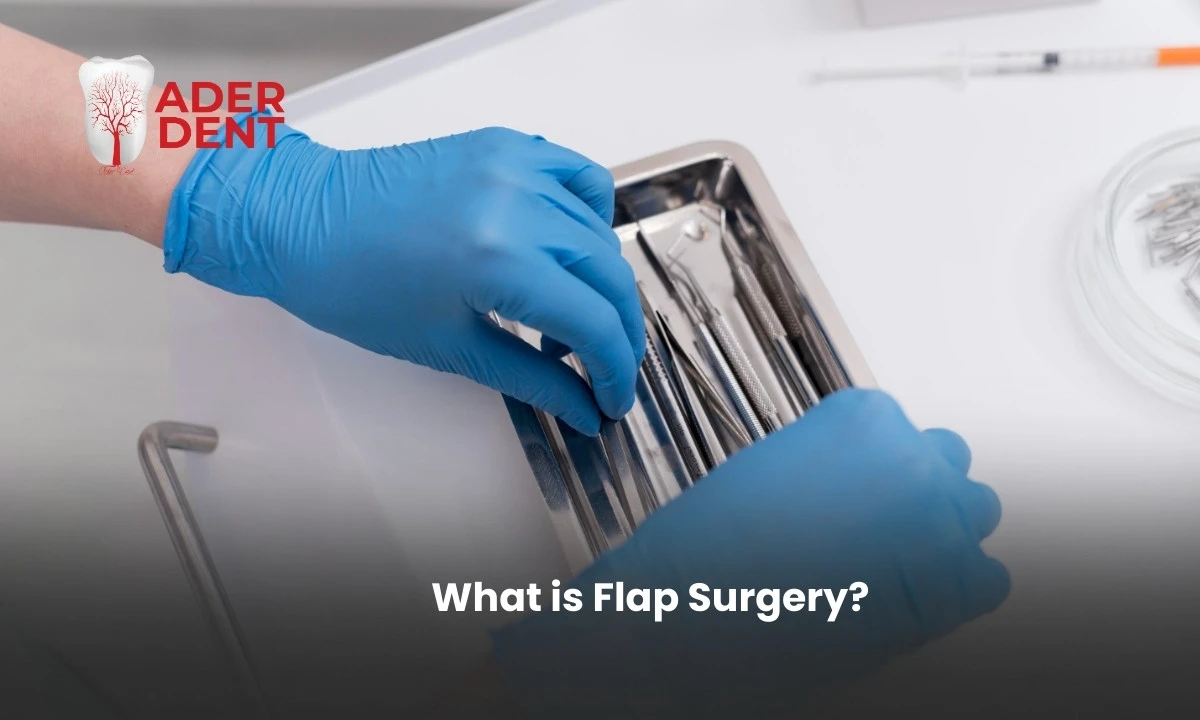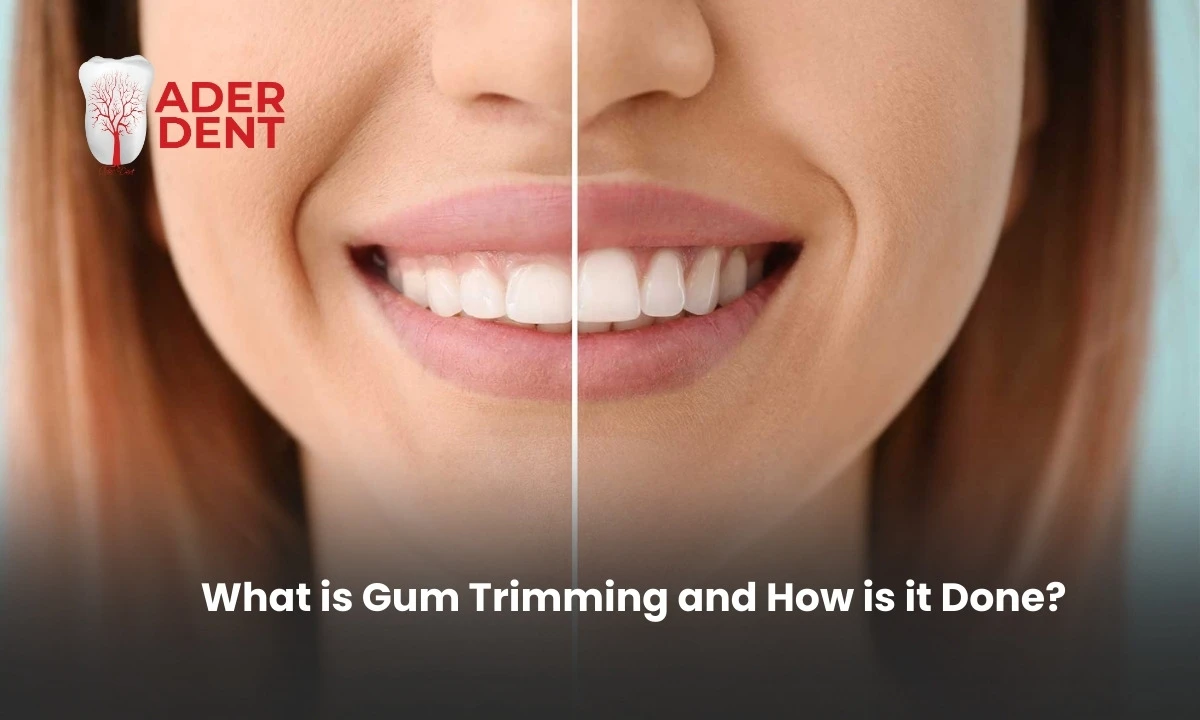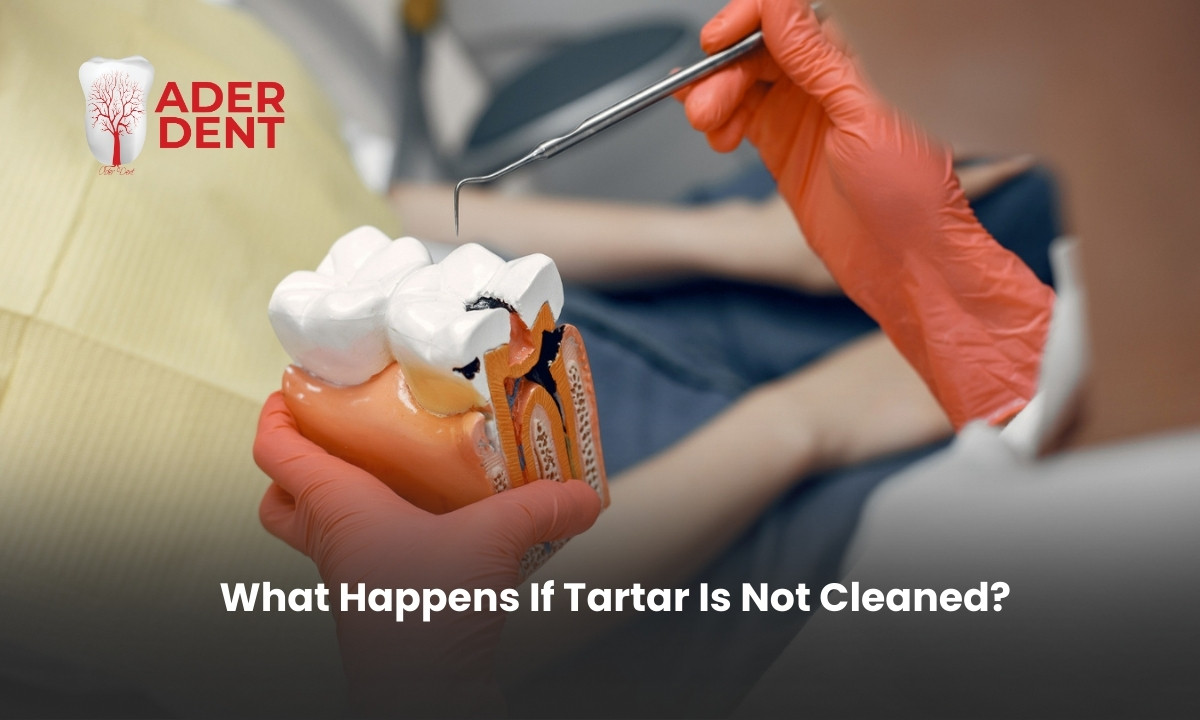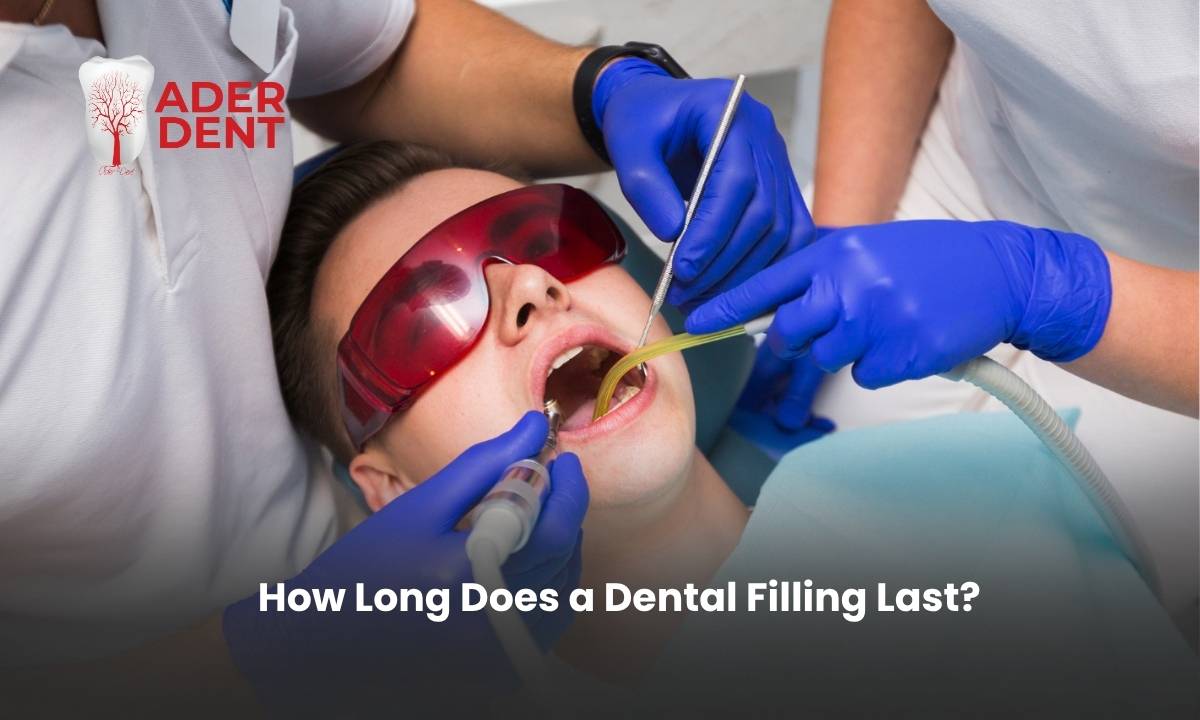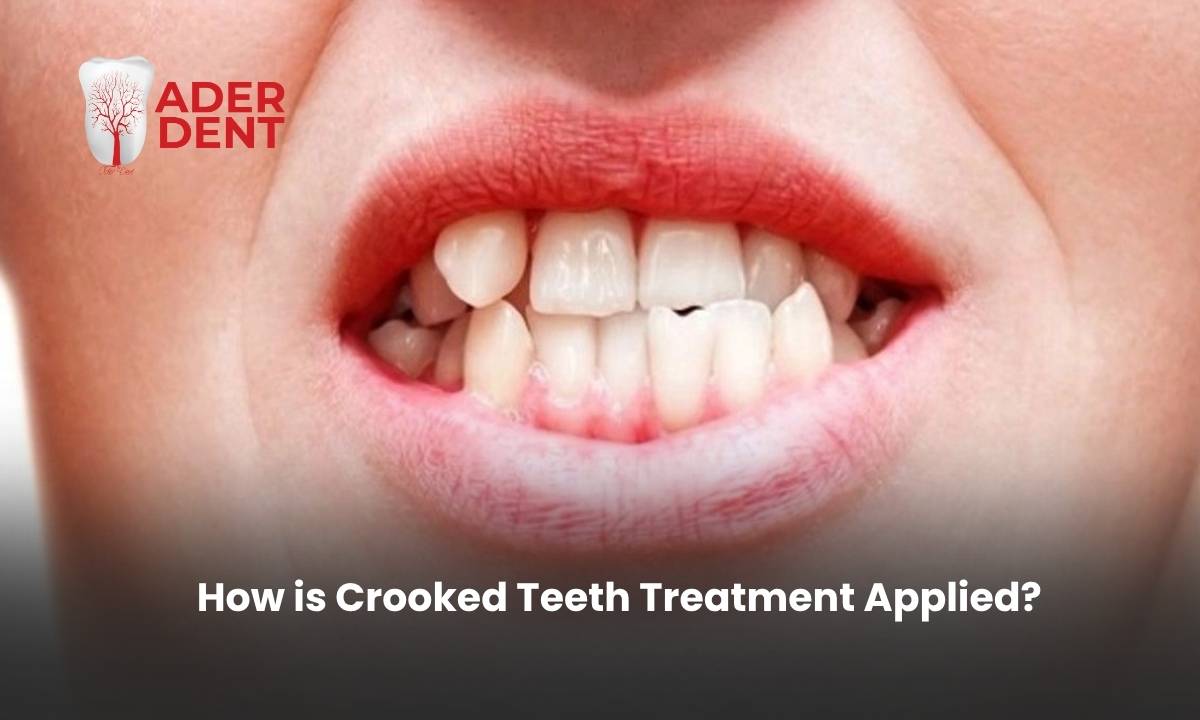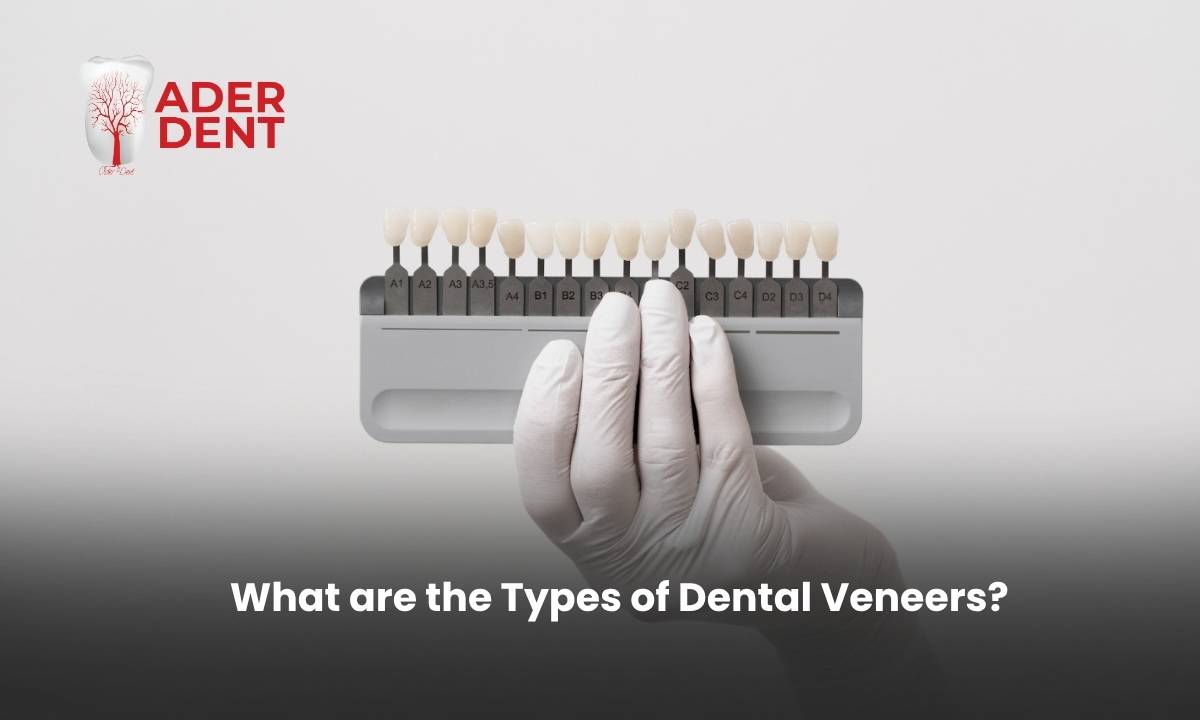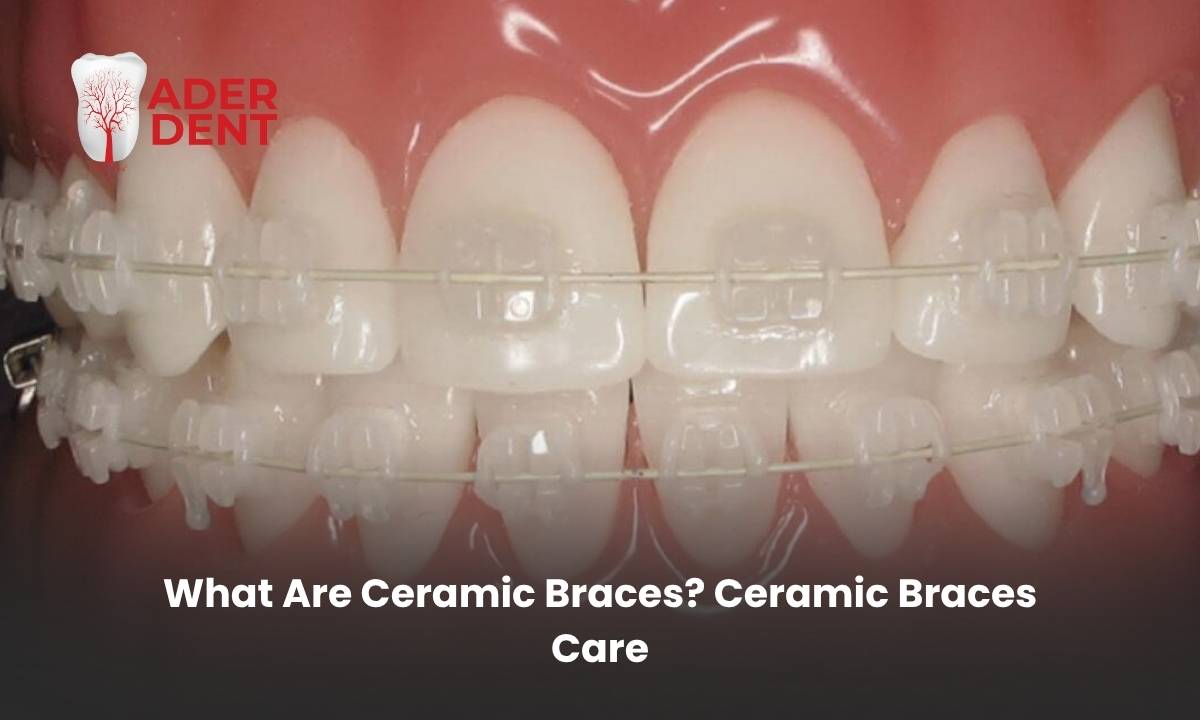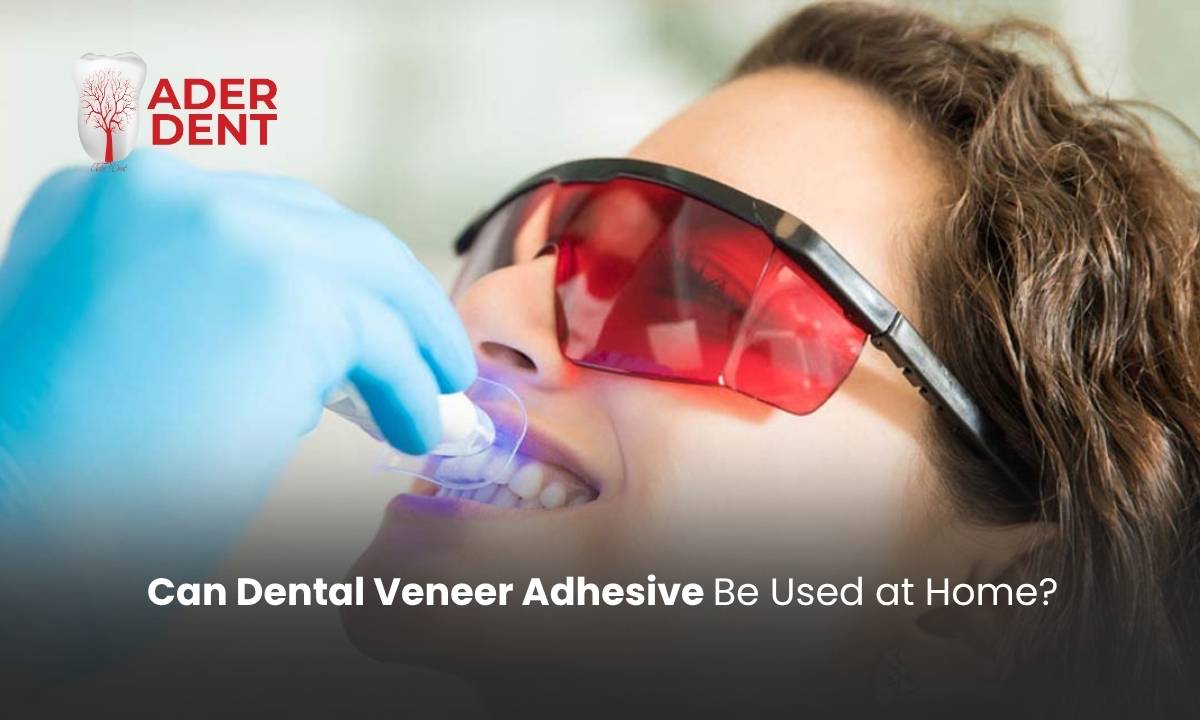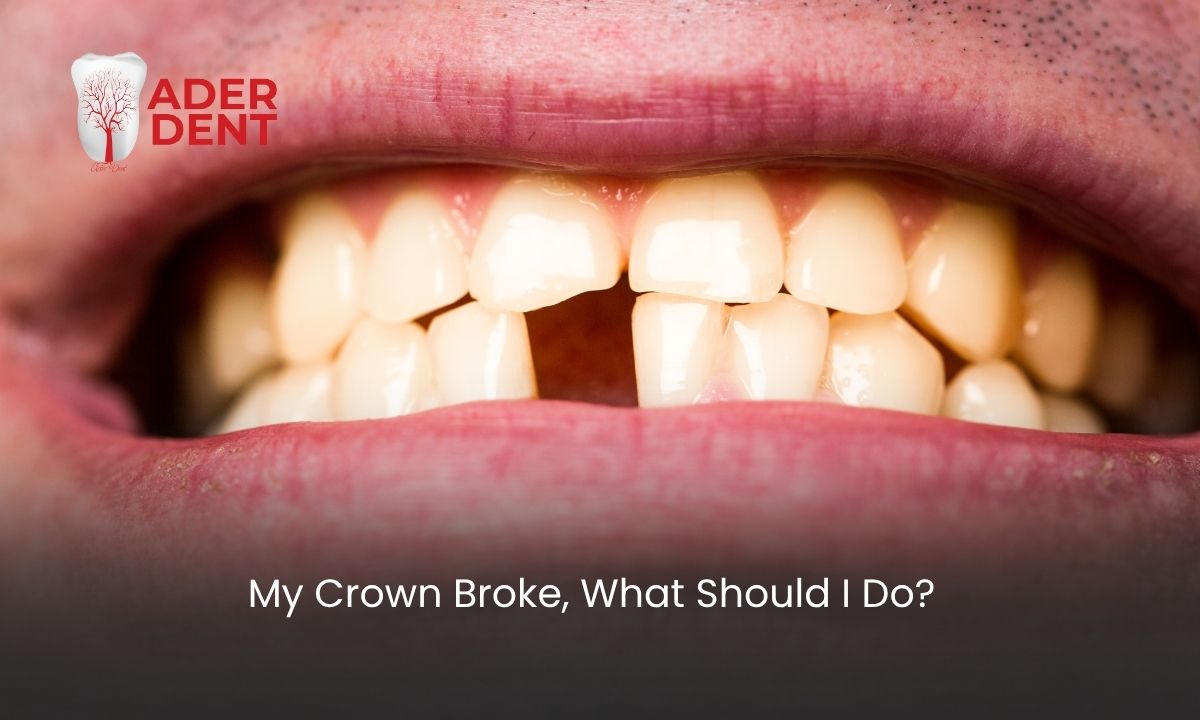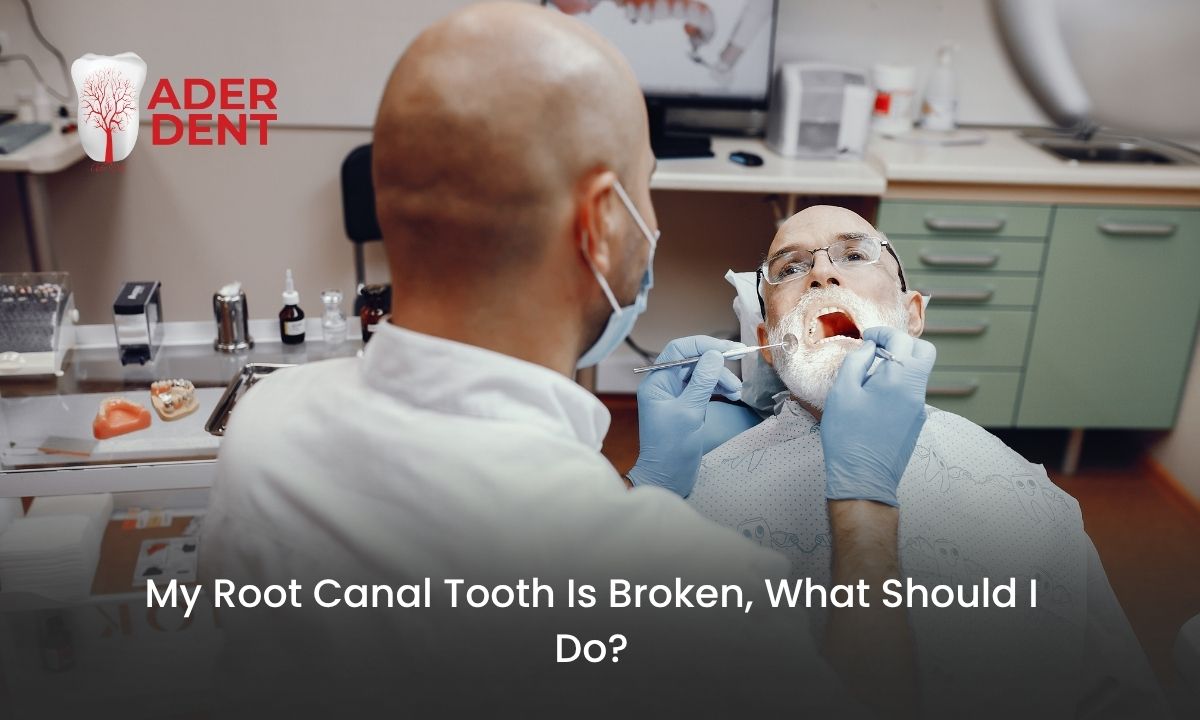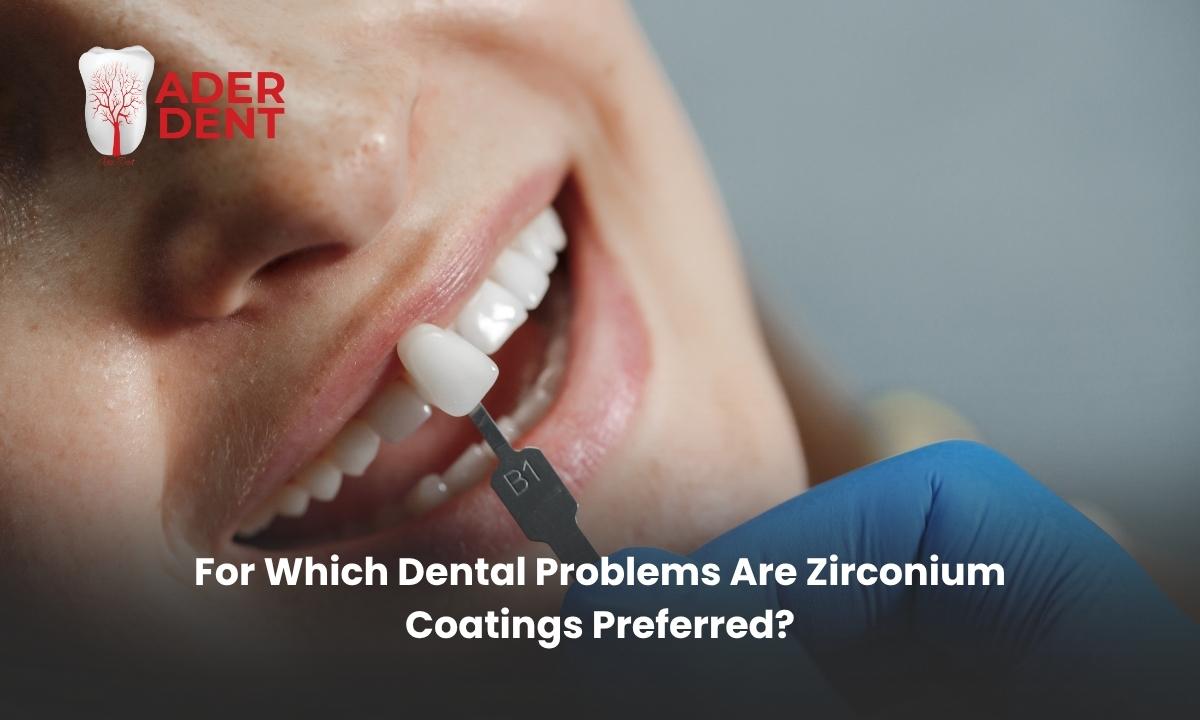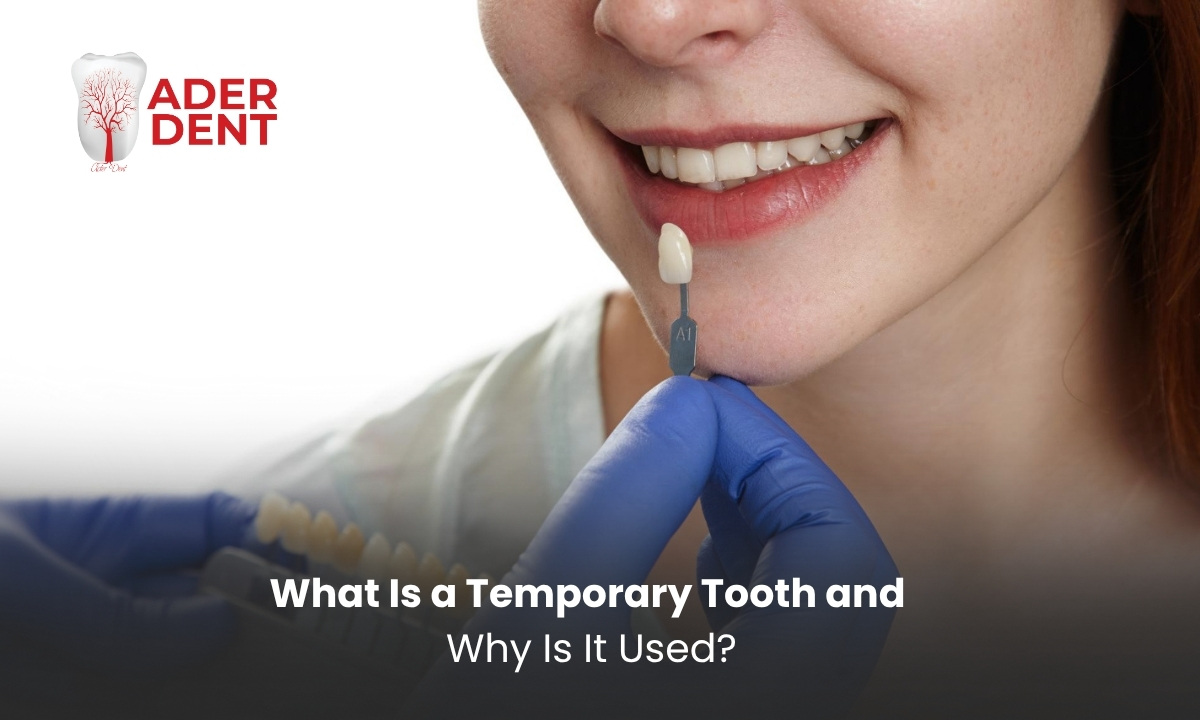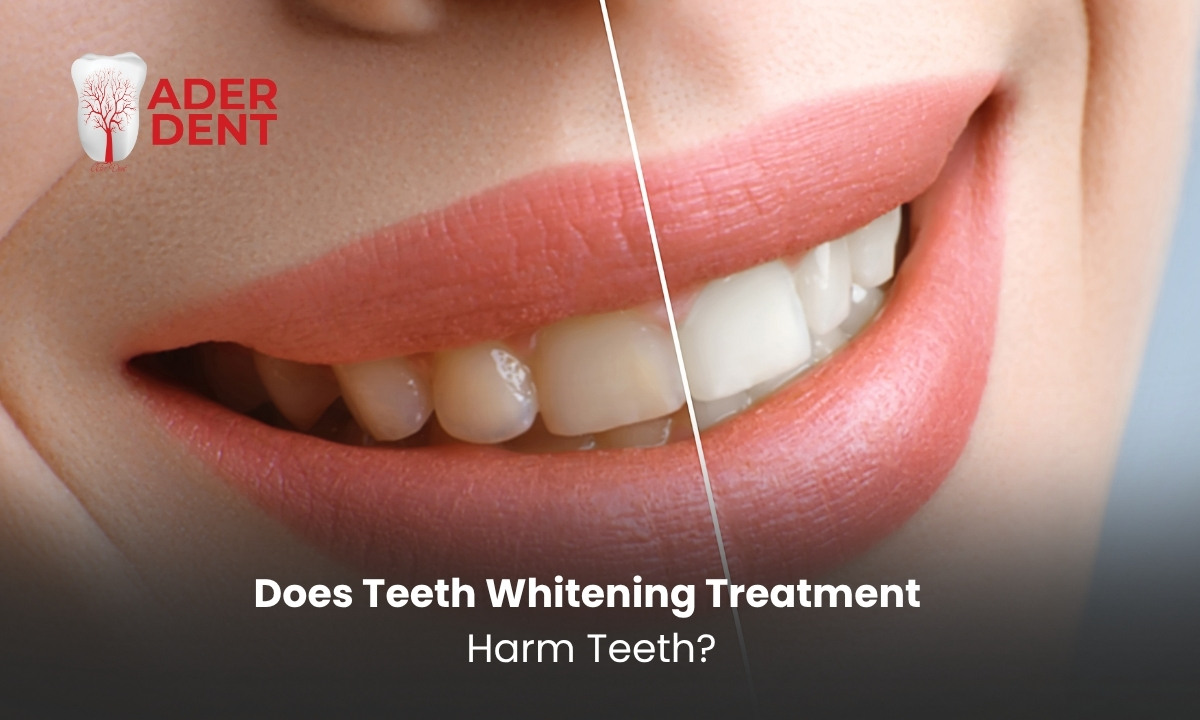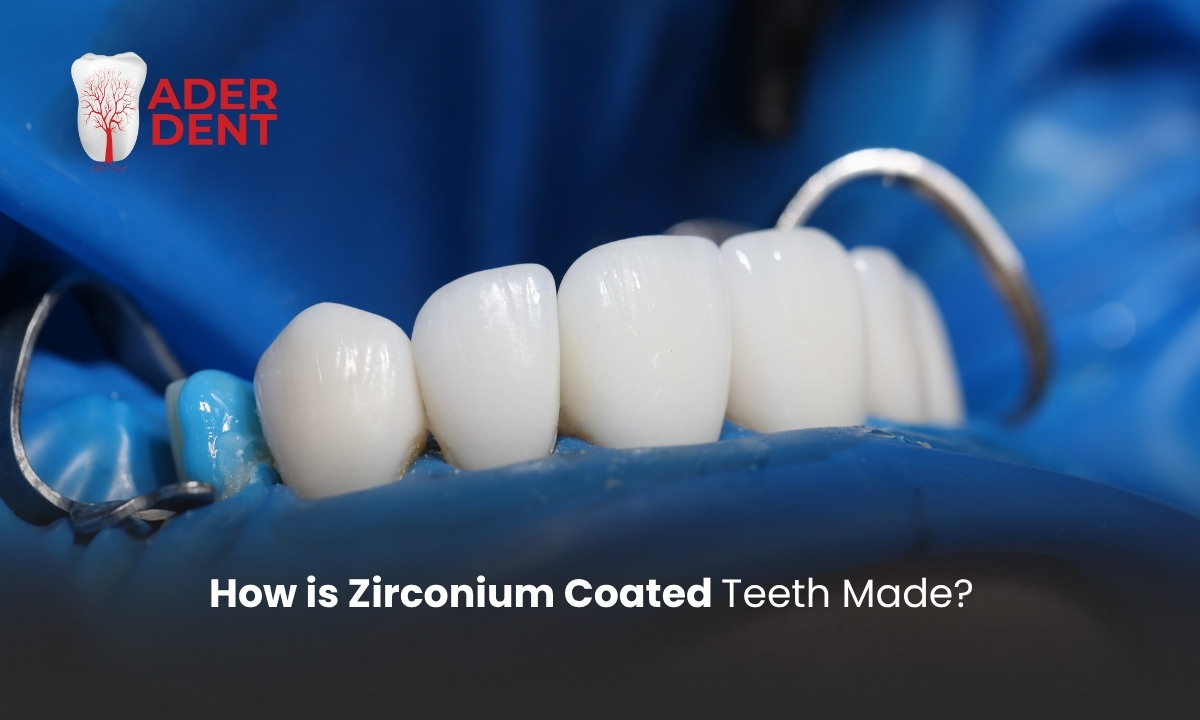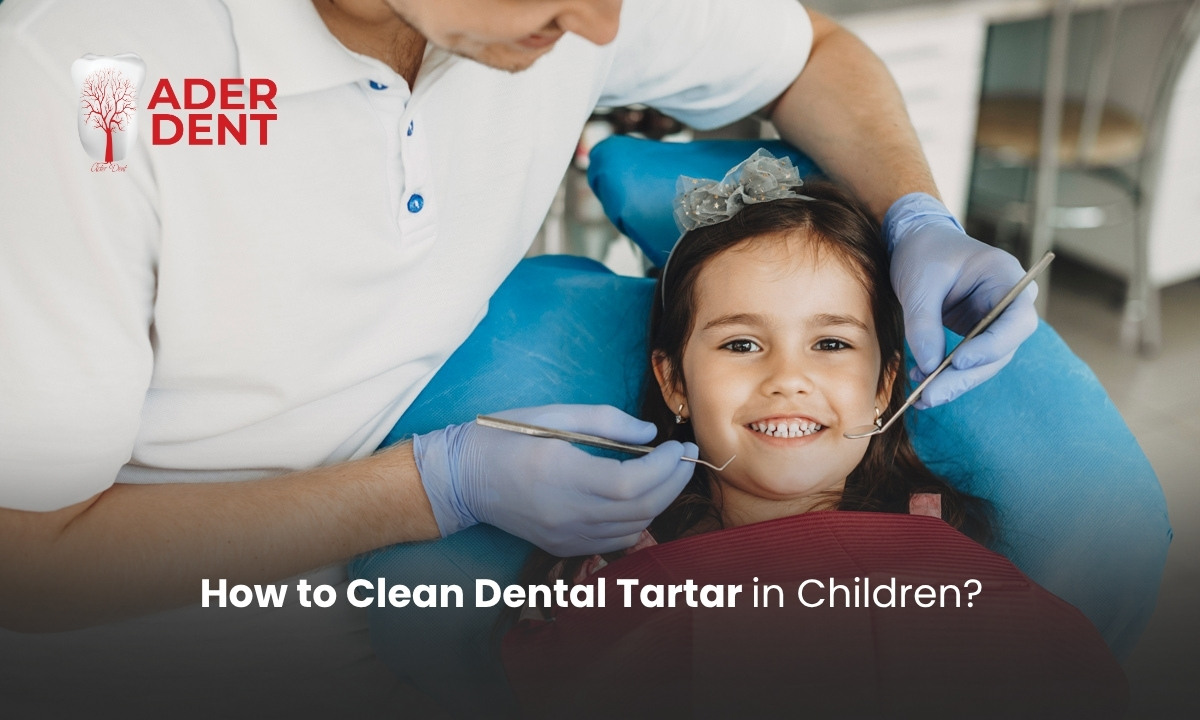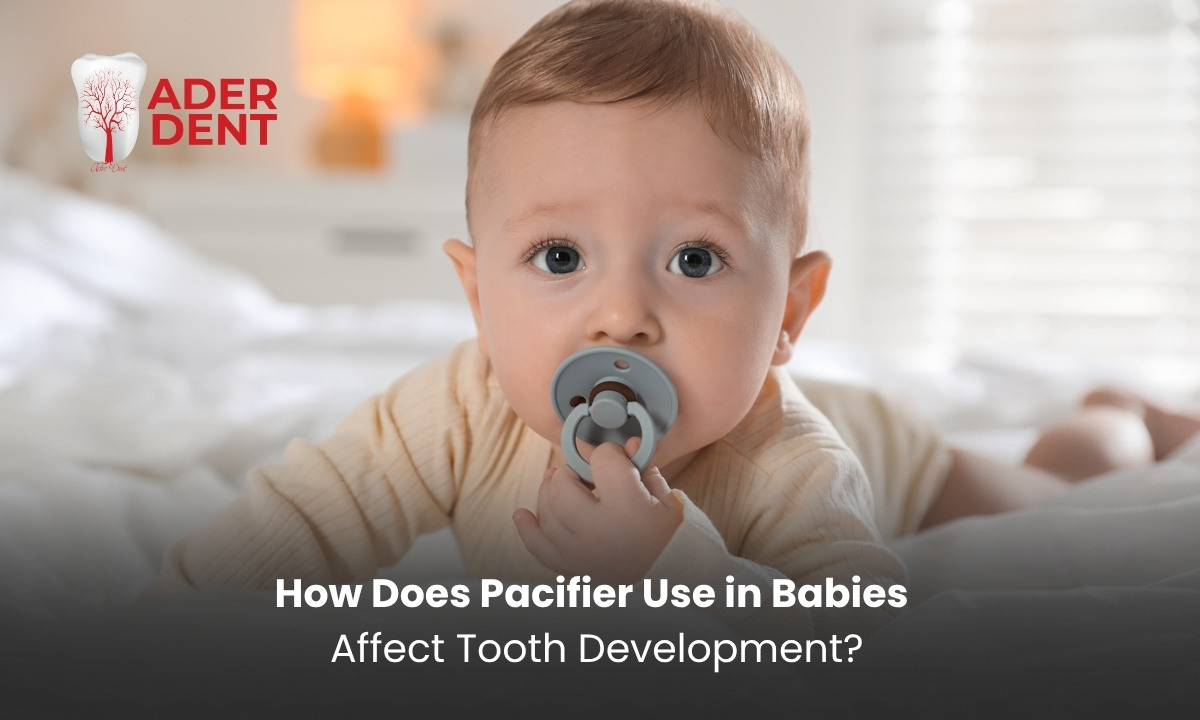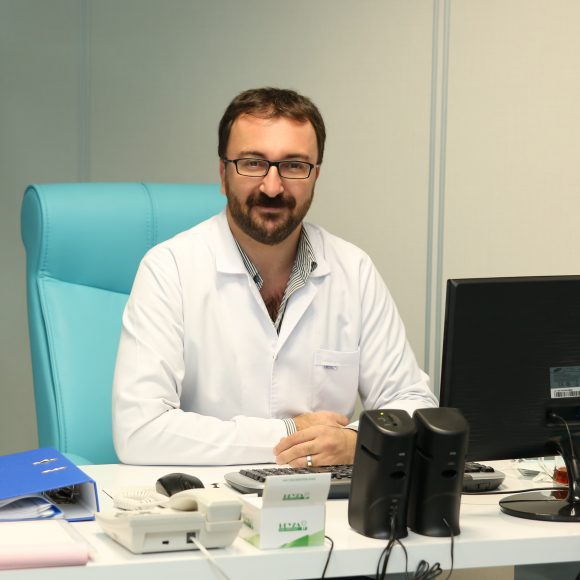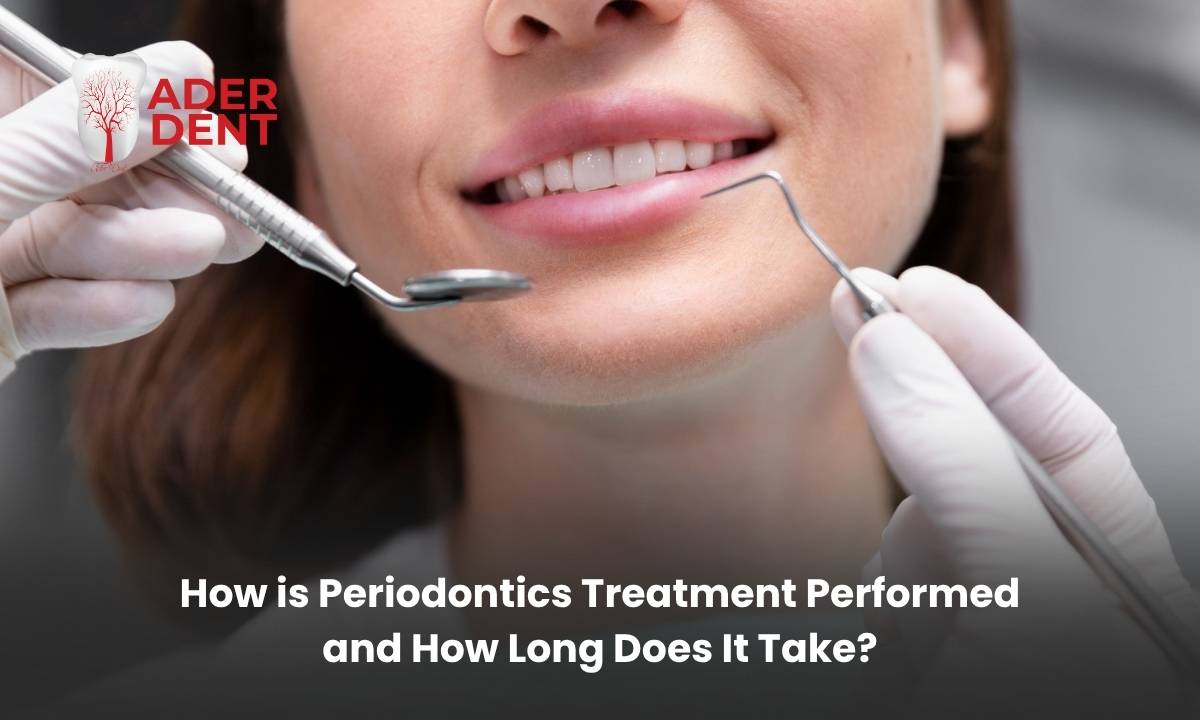
**Periodontology treatment** involves a series of procedures aimed at preserving the health of the tissues supporting the teeth and eliminating existing infections. “How is periodontology treatment done?” is one of the most frequently asked questions by people suffering from gum problems. This process includes tartar removal, root surface smoothing, curettage, and, when necessary, surgical interventions. The duration of treatment varies depending on the severity of the disease, the number of sessions, and the patient’s oral hygiene.
What Does Periodontology Cover?
Periodontology deals not only with gum diseases, but also with the supporting structures of the teeth including the alveolar bone, periodontal ligament, and cementum. It evaluates conditions such as gum bleeding, redness, swelling, tartar buildup, gum recession, and tooth mobility. Periodontology also manages complex cases involving aesthetic issues, inflammation around implants, and advanced bone loss.
How Is Periodontal Disease Diagnosed?
Before starting treatment, a detailed diagnosis is carried out. During the diagnostic phase, a dentist or periodontist conducts a clinical examination. The depth of gum pockets, color and consistency of gum tissue, tooth mobility, plaque accumulation, and tartar are examined in detail. Panoramic or periapical X-rays may also be taken to assess the extent of bone loss.
How Long Does Periodontal Treatment Take?
The answer to “How long does periodontal treatment take?” depends on the stage of the disease. The duration is determined by the extent of the procedures required. Simple tartar cleaning and gum care may be completed in a few sessions, whereas advanced periodontitis treatment may take longer. The average treatment time typically ranges from 4 to 8 weeks. In cases requiring surgical intervention, the total treatment duration may extend over several months, including the healing process and follow-up visits.
How Many Sessions Are Required for Periodontal Treatment?
The number of sessions required depends on the treatment method. In mild cases, one or two sessions may be enough. In chronic periodontitis, 4 to 6 sessions are generally needed. The first session involves tartar removal and plaque control, followed by root surface smoothing and deep curettage in subsequent sessions. Some patients may also require maintenance sessions and supportive therapy. Regular follow-up visits help monitor healing and prevent recurrence.
What Procedures Are Done in Periodontal Treatment?
During periodontal treatment, harmful plaque and tartar deposits around the teeth are removed. If necessary, the area beneath the gums is accessed under local anesthesia to smooth the root surfaces and remove infected tissue. In advanced cases, bone grafting, flap surgery, or regenerative surgical techniques may be used. The type of procedure depends on the severity of the disease and the patient’s overall health status. The treatment process usually combines several procedures tailored to the individual case.
What Happens During the First Periodontology Visit?
At the first visit, the periodontist takes a detailed medical and dental history and performs a comprehensive oral examination. The depth of periodontal pockets is measured with a periodontal probe, and tartar, plaque buildup, and gum bleeding are assessed. Radiographs may be taken if needed. When planning treatment, the patient’s general health, habits, and level of oral hygiene are also considered. The patient is informed in detail about the condition and the necessary procedures.
How Is Periodontal Treatment Performed?
The question "How is periodontal treatment performed?" is crucial for those curious about the process. Treatment begins with professional tartar removal. This is followed by deep root surface debridement and curettage to remove infected tissue and reduce pocket depth. In more severe cases, local surgical interventions may be necessary. Bone grafts and membranes may be used to regenerate lost tissue. Throughout the treatment, regular checkups and professional cleaning sessions are planned.
How Should Care Be Managed After Periodontal Treatment?
Post-periodontal treatment care is critical to the success of the procedure. Antiseptic mouth rinses prescribed by your doctor should be used, and oral hygiene must be maintained with tools such as dental floss and interdental brushes. Use a soft-bristled toothbrush and avoid smoking. Mild sensitivity and light bleeding may occur during the first weeks after treatment, but this typically resolves quickly. Follow-up appointments should not be skipped, as lack of maintenance can lead to recurrence of the disease.
What Procedures Are Performed in Periodontology?
Depending on the stage of gum disease, various procedures are performed in periodontal treatment. Initially, tartar is removed, and hard plaque is cleared using ultrasonic devices. In more advanced cases, root surface debridement is performed to clean bacterial plaque beneath the gums and smooth the root surfaces. Deep curettage may be applied to remove infected tissues. In severe cases, flap surgery, bone grafting, and other periodontal surgical procedures may be necessary.
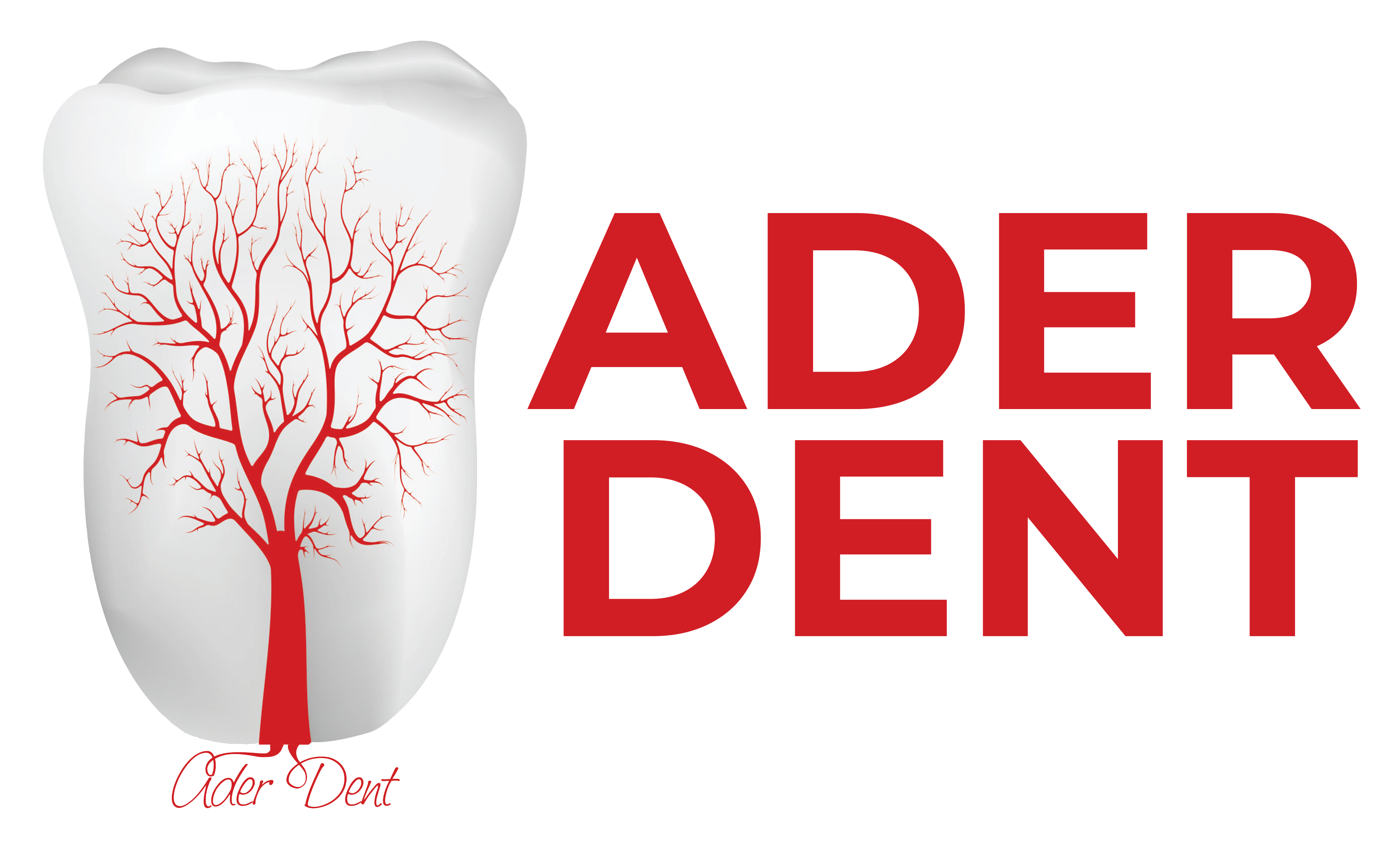

 TR
TR
